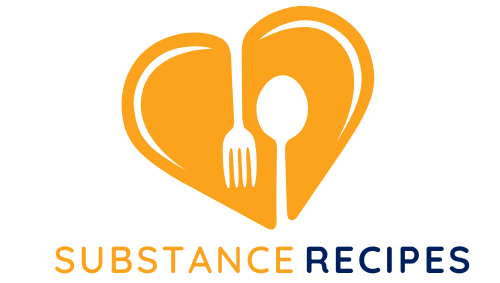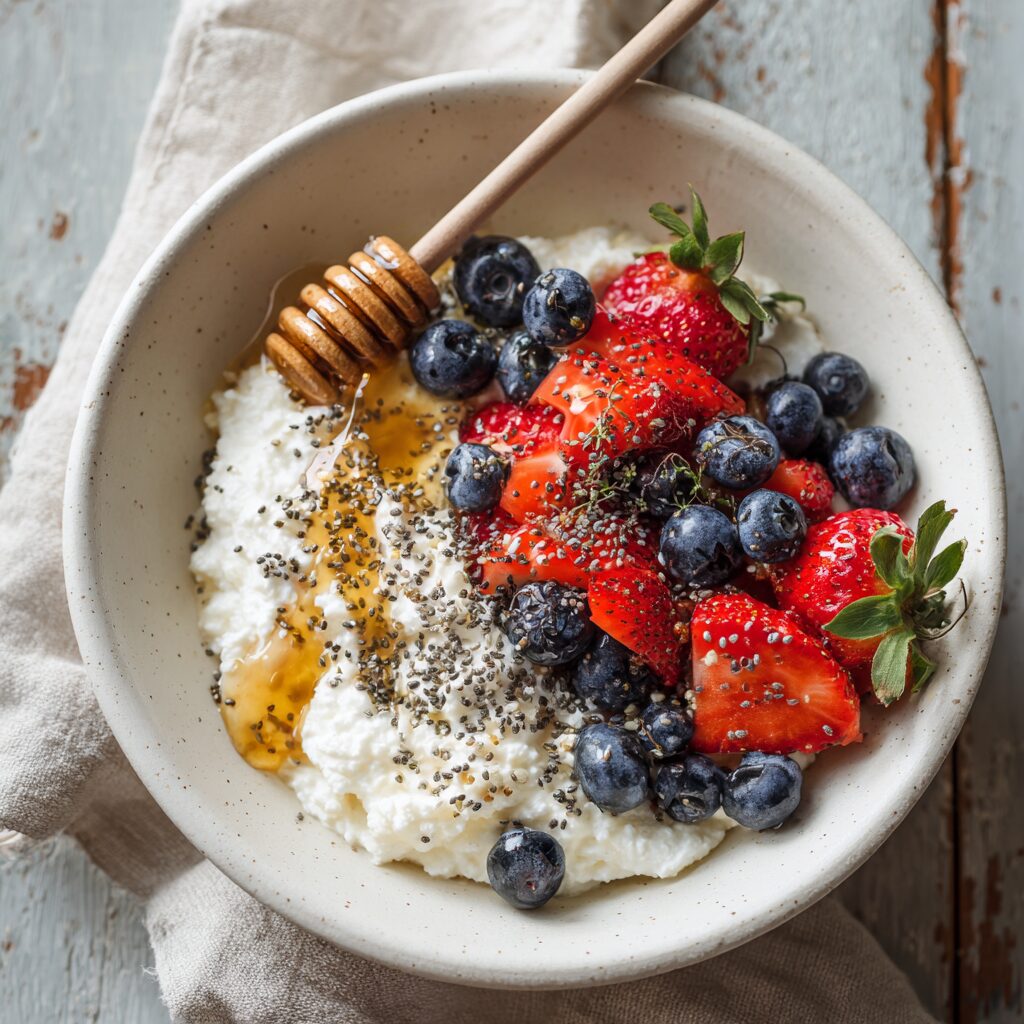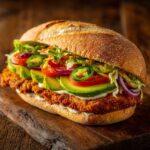Breakfast used to be the meal I skipped the most. Mornings were rushed, I felt bloated from carb-heavy foods, and I couldn’t find anything that kept me full until lunch. Then I stumbled upon a health trend that seemed too simple to ignore: eating cottage cheese for breakfast.
Some fitness influencers claimed it helped them lose weight, others swore by its protein content to keep them full all morning. I was skeptical—but curious enough to try it for myself. So, I committed to eating cottage cheese every morning for 7 straight days.
Here’s what happened.
Why Cottage Cheese for Breakfast?
Before diving into my experience, let’s talk about why cottage cheese is having a moment in the wellness world.
Cottage cheese is:
- High in protein (up to 25g per cup)
- Low in carbs and sugars
- Rich in calcium and B vitamins
- Packed with casein – a slow-digesting protein that helps you stay full longer
- A source of probiotics, which support gut health (especially if you buy live-culture versions)
For anyone looking to manage weight, balance blood sugar, or get more protein without meat or eggs, cottage cheese is a surprisingly versatile option.
It’s not just bodybuilders eating it anymore. TikTok is full of cottage cheese hacks—cottage cheese pancakes, protein ice cream, and even cottage cheese toast. So I decided to keep things simple and test the classic: cottage cheese as my go-to breakfast for one week.
My 7-Day Cottage Cheese Breakfast Challenge
Day 1–3: Getting Used to the Texture
Let’s be honest: the texture of cottage cheese isn’t for everyone.
It’s soft, curdy, and slightly lumpy—something between ricotta and yogurt. On Day 1, I paired half a cup of full-fat cottage cheese with sliced strawberries, chia seeds, and a drizzle of honey.
Surprisingly, I felt full—more than I expected from such a small portion. But the texture took some getting used to. I tried blending it into a smoothie on Day 2 (with banana, almond milk, and cinnamon), which worked better.
By Day 3, I found myself actually looking forward to it. My cravings for sugar in the morning dropped noticeably.
Day 4–5: Noticing Real Changes
By mid-week, I started to notice a few things:
- I wasn’t bloated after eating (compared to toast or cereal)
- I had more stable energy in the mornings—no more sugar crashes
- I stayed full until 12:30 or 1 PM, even with smaller portions
This was especially impressive to me because I usually need a snack by 10 AM. Cottage cheese’s high protein really did keep me full.
Day 6–7: More Energy and Less Mindless Snacking
By the weekend, I had turned breakfast into a creative routine. On Day 6, I made a savory bowl: cottage cheese, chopped cucumber, cherry tomatoes, avocado, and a sprinkle of “Everything Bagel” seasoning. On Day 7, I returned to my favorite sweet version with blueberries and crushed walnuts.
Results by the end of the week:
- I felt lighter and more focused in the morning
- My digestion improved
- I had zero cravings for sugary cereals or pastries
- I even dropped 1.3 lbs without trying—likely due to reduced snacking and better satiety
Health Benefits of Eating Cottage Cheese in the Morning
Based on my experience and research, here are some evidence-based benefits of eating cottage cheese for breakfast:
1. High in Protein
One cup of cottage cheese can offer 25 grams of protein, which is more than two eggs. Protein helps you build muscle, feel full, and stabilize blood sugar.
2. Supports Weight Loss
It’s low in calories, low in carbs, and incredibly filling. Studies show that high-protein breakfasts can help reduce total daily calorie intake.
3. Gut-Friendly
Look for brands with live and active cultures. These can improve gut flora and digestion.
4. Muscle Maintenance
The casein protein in cottage cheese is slow-digesting, which helps prevent muscle breakdown—especially if you’re working out or intermittent fasting.
5. Blood Sugar Balance
Unlike toast or cereal, cottage cheese won’t spike your blood sugar. That’s key for people managing insulin resistance, PCOS, or diabetes.
3 Easy Ways to Eat Cottage Cheese for Breakfast
Here are my go-to recipes from the challenge:
Sweet Bowl (Best for Beginners)
- ½ cup cottage cheese
- 5 sliced strawberries
- 1 tsp honey
- 1 tsp chia seeds
Savory Avocado Bowl
- ½ cup cottage cheese
- ¼ avocado, diced
- 4–5 cherry tomatoes
- Sprinkle of black pepper and Everything Bagel seasoning
Smoothie Blend
- ½ cup cottage cheese
- 1 small banana
- ½ cup almond milk
- Dash of cinnamon
- Optional: 1 scoop protein powder
Tip: Use a food processor or blender for a smoother texture if you dislike the curds.
FAQ: Common Questions About Cottage Cheese for Breakfast
Q1: Is cottage cheese healthier than yogurt?
Cottage cheese is typically higher in protein and lower in sugar than most flavored yogurts. If you’re aiming for weight loss or protein intake, it’s a better choice.
Q2: Can I eat it every day?
Yes, but moderation is key—especially if you’re watching sodium levels. Try to choose low-sodium or unsalted versions.
Q3: What’s the best type to buy?
Look for full-fat, organic cottage cheese with live cultures. Avoid versions with added flavors or fruit syrup.
Q4: Can I eat it at night too?
Yes! It’s actually great before bed, especially for muscle repair during sleep due to its slow-digesting protein.
My Final Verdict: Would I Keep Eating It?
Yes, 100%. Cottage cheese has officially earned a permanent spot in my breakfast rotation. It’s:
- Affordable
- Versatile
- Nutrient-packed
- Surprisingly filling
The best part? It’s customizable and can be adapted to both sweet and savory moods. If you’re tired of sugary breakfasts or need something high in protein that doesn’t require cooking—give this 7-day challenge a try.
Your Turn!
Have you ever tried eating cottage cheese for breakfast?
Would you commit to a 7-day challenge like this?
👇 Drop your thoughts or results in the comments below!
And don’t forget to save this post and share it on Pinterest if you found it helpful!






